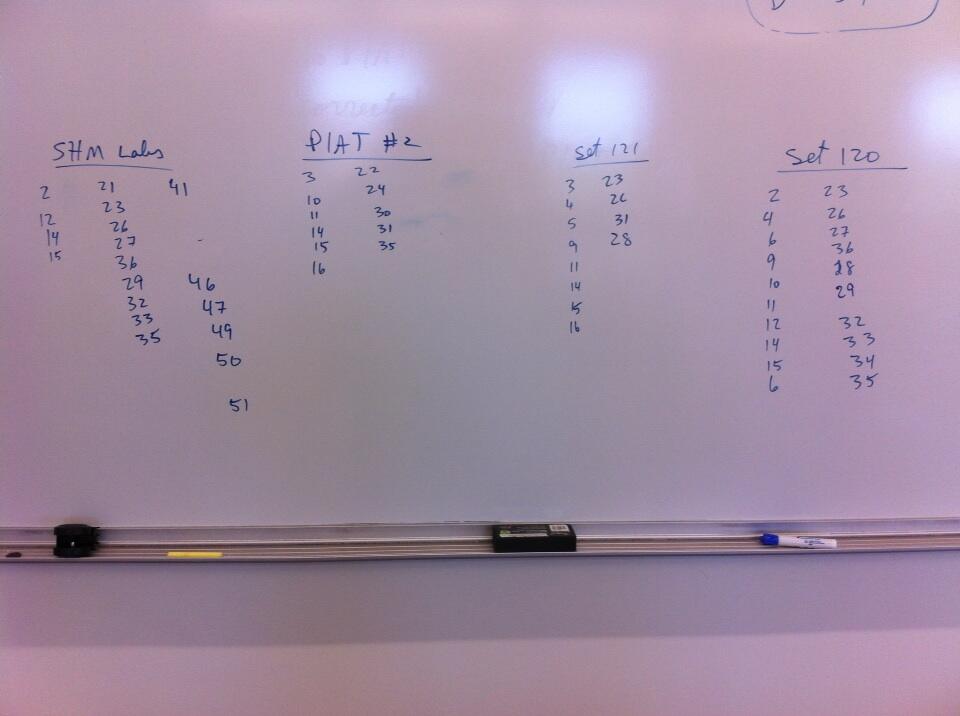When AP Physics 1 was in its infancy, the AP readers were told that all formatting options for the new exam were on the table. Among other things, options under discussion specifically included four-choice rather than five-choice multiple choice questions; "multiple correct" items; short and long free response items similar to those on the AP B exam; and "short answer" items.
Now, no one ever explained what a "short answer" item was, nor any details of how it could or couldn't be included. And it wasn't included. As it turned out, the new exam has only a few types of items: four-choice multiple choice, multiple correct, short- and long- free response.
But I liked the idea of the shorter item that required written justification for the answer. For my own course, I wrote a short answer section into every test.
To write these items, I generally took a good multiple choice question and simply added, "justify your answer." Or I eliminated the choices entirely and required an answer with work shown. Or, I took a single part of a good free response question and asked it in isolation.
One nice part about short answer items is the lack of restriction in format. I've asked all kinds of things:
* Open ended calculation questions: Here's two masses connected by strings, and I'm pulling on the front string. Explain how you would calculate the ratio of the tensions in the strings.
* Multiple choice with as many (or as few) choices and answers as I please: Rainwater fills a cart that's moving on frictionless rails. Which of the following is conserved for the cart-water system: mechanical energy, linear momentum, velocity. Choose all that apply.
* Graph questions with justification: A block attached to a spring oscillates on a level, frictionless surface between positions x1 and x2. On the axes below, sketch a graph of the block's kinetic energy vs. position. Then justify several features of your graph.
* Open ended explanations: Two satellites of different masses are launched into orbit around earth. It is found when both orbit the same distance above the earth's surface, they both have the same speed. Explain why the satellites' different masses don't require different orbital speeds.
For next year's inaugural AP Physics 1 course, I am considering including a section of short answer questions on my tests.
But Greg, you're the biggest advocate in the universe for authentic testing, for testing exactly in the style and format of the AP exam.
Yes, yes I am. For this new exam, I'm well acquainted with the format of the new exam, which has a very large time-to-item ratio. We're talking two minutes per free response, and about two minutes per point for free response questions that could be each worth 7 or 12 points. One issue is, even with an 80 minute window to give a class test during lab period, I can only give, say, 20 multiple choice and two free response questions. In a standard 40-minute testing window my options are even more limited.
In my AP Physics B classes, students have tended to do better on longer tests. That's because long exams have a wider variety of questions to answer; students are more likely on a longer test to find a few questions in their wheelhouse that they can knock off quickly and correctly. Then they have time to work through the tougher items.
In order to continue giving a variety of questions on my in-class AP Physics 1 tests, I will likely continue using a short answer section. Let me know your own ideas, as my own class is still forming in my mind.
GCJ
